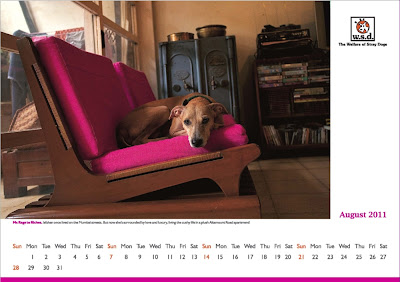Hindustan Times asked me to write for a column on the second anniversary of the 26/11 attacks. This appeared in the HT edition of 28 November, 2010.
Little did I know as I was vaccinating stray dogs around Nariman House on November 22, 2008, that it would go through such mayhem four days later. In fact, little did I know of Nariman House at all.
A year later, I went in when it was opened to the public, to pay my respects. I was pained to see the walls riddled with hundreds of bullet holes; ‘live’ television images of a petrified nanny bravely clutching baby Moshe flashed in my mind. How could she have had the courage to do what she did? But there were stories of such bravery across Mumbai during the attacks.
Some of these heroes lived to tell their tales; sadly, many did not. They left behind families and friends whose pain could be sensed by others, but not entirely. The survivors, too I’m sure, were forever changed by the trauma of those horrifying nights.
What could the common man do to show that he cared? We turned out in large numbers at Gateway of India on December 3, 2008, a week after the attacks began.I was one of nearly a lakh people who congregated there to express their rage and demand changes.
In the crowd were youngsters and senior citizens, college students and office-goers, homemakers, celebrities and everyday Mumbaiites, people from far and near, children, even some toddlers… it was democracy at its most vibrant.
The protest was vocal and yet peaceful, with candlelight vigils and placards huge and small honouring the memory of those lost. Signature campaigns and T-shirts made their declarations; there were spontaneous renditions of the national anthem.
Two years on, sceptics might ask if it was enough — all the meetings, functions and prayers. I think it was a good start. Every meeting and memorial is not just a tribute to those we lost but also a push for political change, maintaining pressure on the powers that be. Just like the RTI, a single Act, changed how the average citizen interacted with the government.
I think it was due to all the citizen-led movements that there have been at least some improvements — like us getting a more proactive home minister at the Centre, new bulletproof vests for our policemen, modern weaponry and security equipment, a more mobile NSG, better disaster management cells, a more secure coastline, Force One commandos, armoured vehicles and so many more metal detectors.
Of course, the ultimate vindication will probably come only when we see a fast-tracked judgment against the perpetrator(s) as per India’s legal and constitutional framework.








